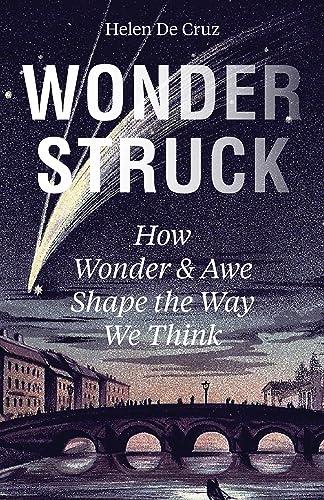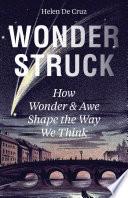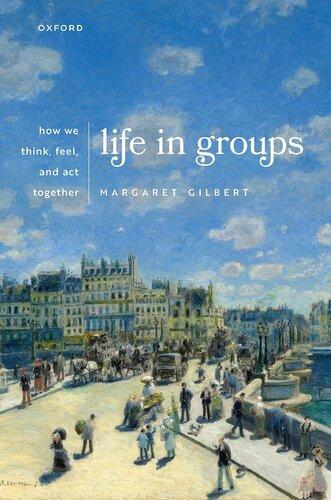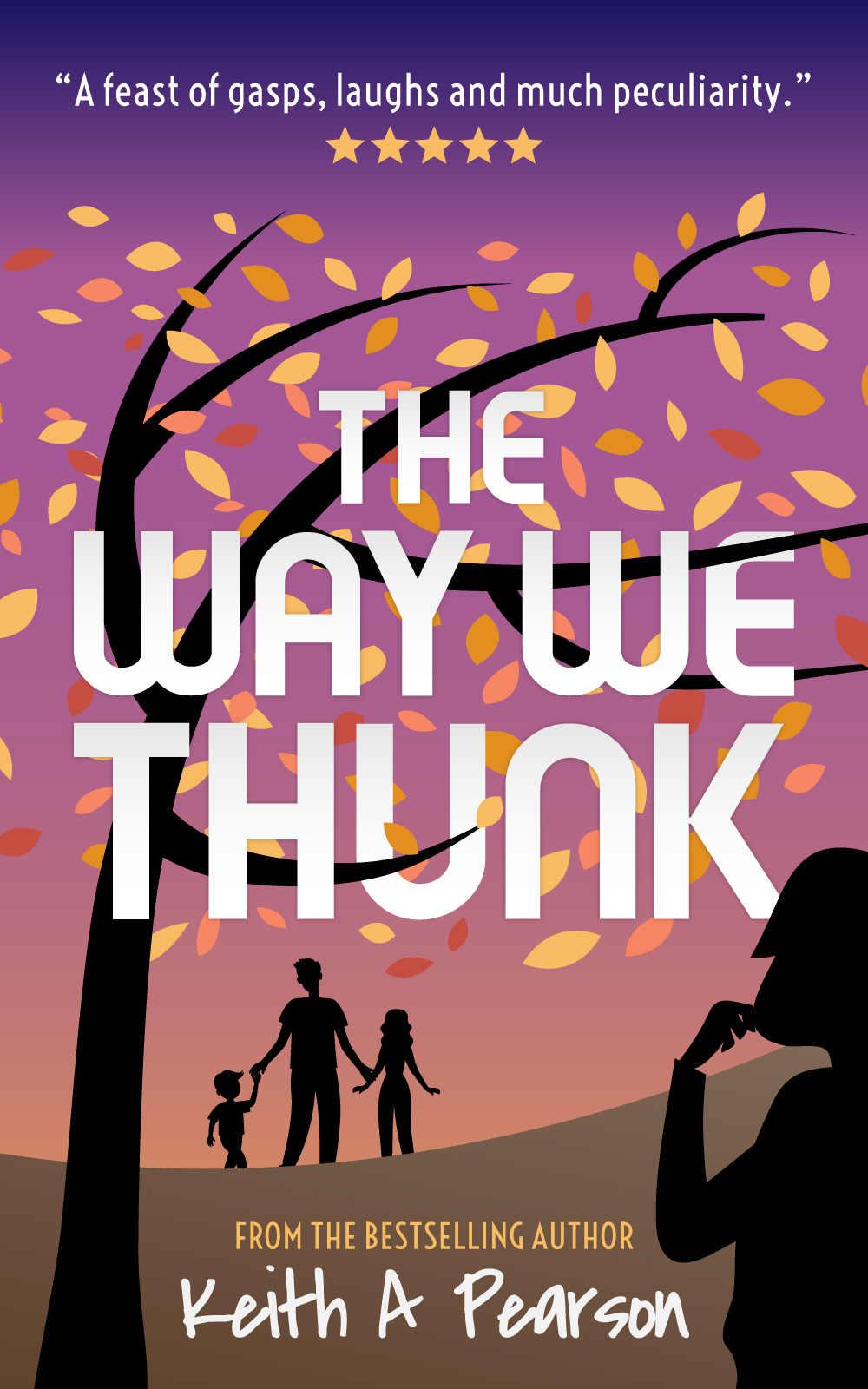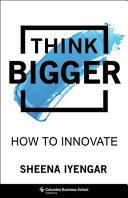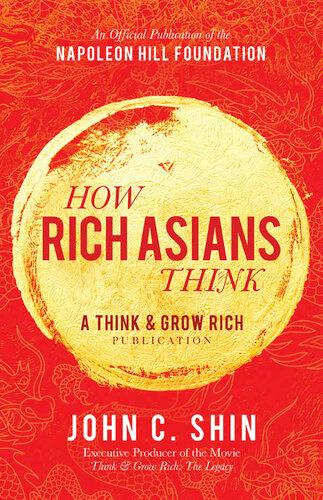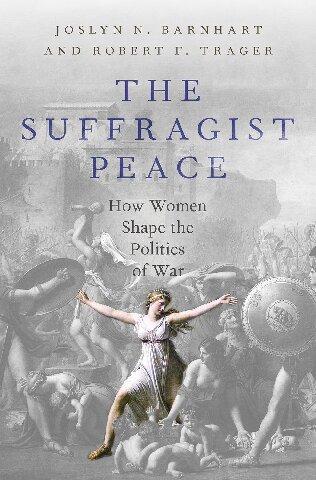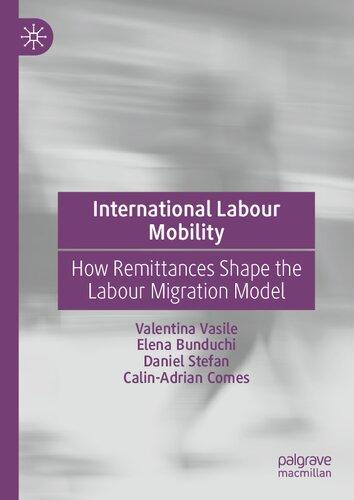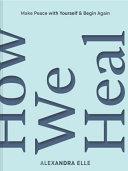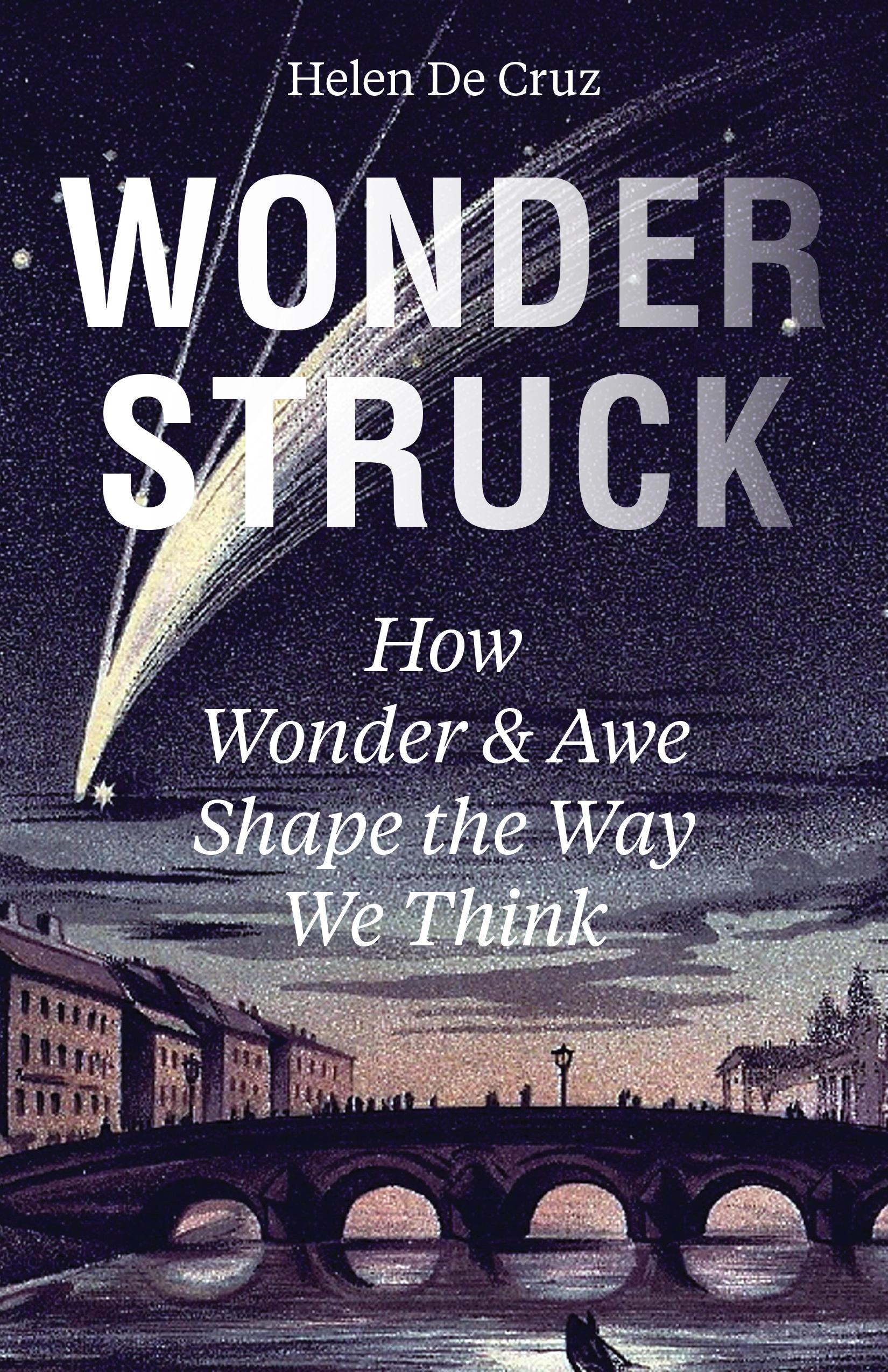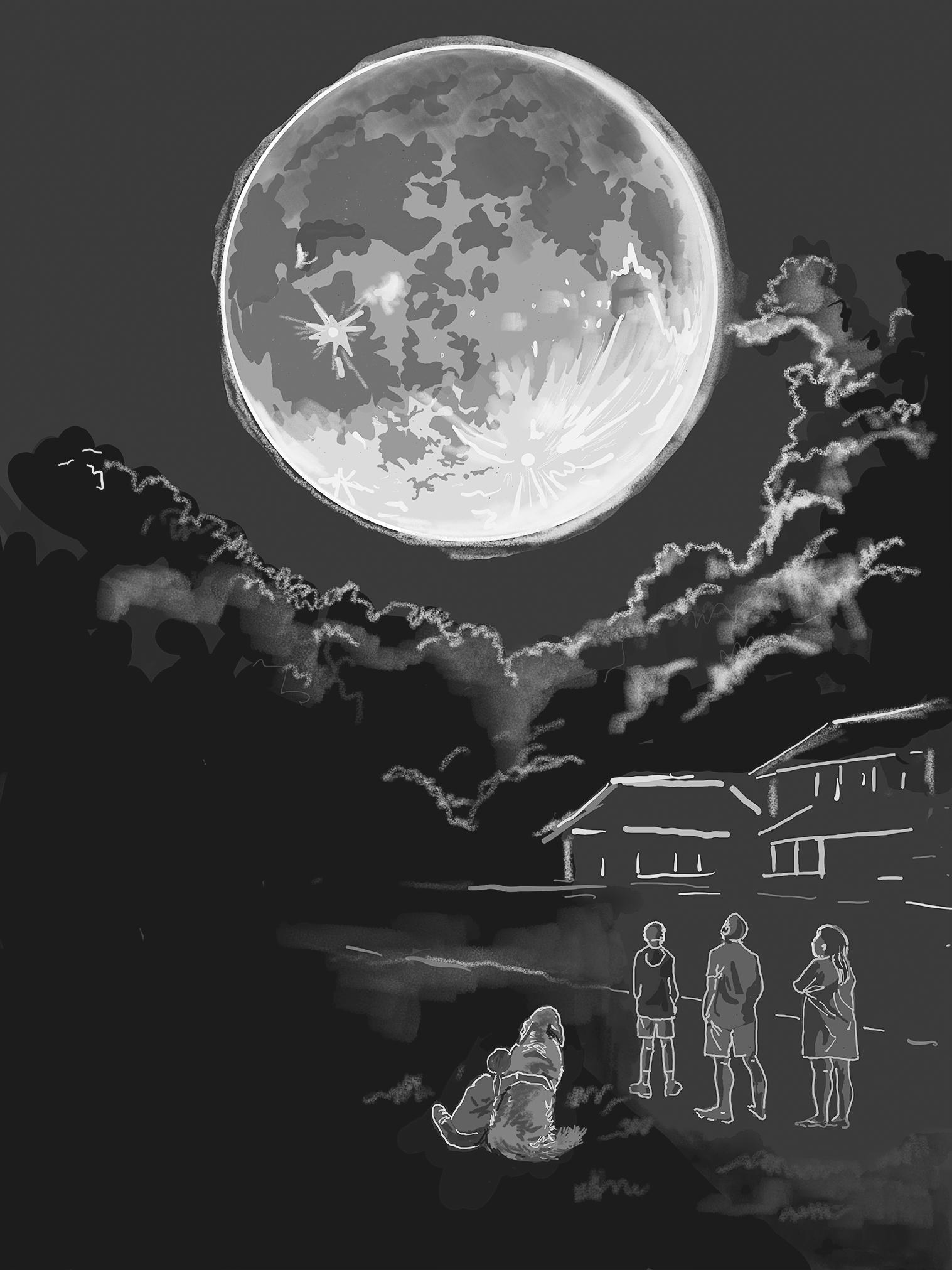1 Freedom to Wonder
Amateur Astronomy
“Come on, everyone out of the house!” My neighbor called his wife and children to come out and gaze at the sky. We all stood in that quiet suburban street in Saint Louis, Missouri, watching for a while, waiting for the blood moon to make a furtive
appearance from behind a persistent veil of clouds. Finally, near midnight, we beheld the wine-red disc. My daughter asked, “So, this is a total lunar eclipse? If it’s total, why can I still see the moon?” (The reason is that some sunlight is still hitting it.)
Blood moons are spectacular, but they are by no means extraordinary. Total lunar eclipses can be seen every few years from any given location. It’s easy to become jaded about them. While others hauled dusty amateur telescopes out of attics and spread out blankets for midnight picnics to enjoy the blood moon that spring night, science communicator Neil deGrasse Tyson commented, “Lunar eclipses are so un-spectacular that if nobody told you what was happening to the Moon you’d probably not notice at all.” 1 There is, however, no objective fact of the matter of how spectacular or unspectacular lunar eclipses are. How we react to them is up to us. We wonder at something outside of us (usually), but won der comes from within.
The moon has struck wonder into people across the world. It features in fairy tales, myths, and dreams, it is the abode of lost lovers and irresistible pull for werewolves. It was the object of intense intellectual pursuit, with people from sub- Saharan Africa (Dogon), Warring States China, and ancient Greece seeking to predict lunar eclipses. Its phases seem fickle, yet are predictable to patient eyes. The lunar calendar of Abri Blanchard, dated to about thirty-two thousand years ago, is a piece of antler incised with some seventy morphologically distinct notches that map out the successive phases of the moon, their serpentine trajectory reflecting the actual position of the spring moon in the sky of the Dordogne region (France) upon setting.2 We do not know much about the Pleistocene hunter-gatherers who crafted this calendar, but they—very much like us today—looked up in wonder at the night sky.
If you live in an urban area with significant light pollution, as in most of the industrialized world, the moon is one of the main astronomical features you can still observe with the naked eye. Our cities are swathed in the constant glow of artificial light, which means that many of us have never beheld the Milky Way, our home galaxy. So, when you look up at the night sky, it is not quite the same as what the philosophers we’ll encounter in this book—Fontenelle, Kant, and others— saw whenever they looked up on a clear night. The black expanse they witnessed was a rich tapestry tinged with subtle hues of purples, pinks, and rose madder, strewn with thousands of stars of various sizes. It is hard to imagine that so many people in the past thought of these stars as fixed on a celestial orb, and saw their whole universe as a tight ball of neatly nested spheres, the fixed stars precious but ultimately tractable jewels.
Today we know that the universe is vast. That vastness, conceptually, can be a source of awe and wonder. On July 11, 2022, NASA unveiled infrared imagery made by the Webb telescope of galaxies nearly thirteen billion light years away—thirteen billion years ago, that is, when the universe was very young.3 The pictures show a rich collection of very bright little discs, each of them a nascent galaxy consisting of billions of stars, the images covering in total that part of the field of vision of a human observer focusing on a grain of sand held at arm’s length. The most distant galaxies recede from us at a pace that exceeds the speed of light. The further away a galaxy is, the faster it appears to travel from us (this is known as Hubble–Lemaître’s law).4
In a quiet, reflective state of mind that gives you the suppleness and scope you need to take a step back, you will probably have experienced moments of awe and wonder. You don’t even need the night sky—something small and mundane such as an insect scurrying up a blade of grass or an autumn leaf half-submerged
in a frozen puddle is sufficient. The experience of wonder belongs to all of us, not just to children, scientists, or philosophers. Descartes called wonder the first of the passions, the passion that precedes judgment. The moment we wonder at some object or event, we do not (yet) evaluate it as positive or negative. We do not contemplate whether the thing we wonder at will be helpful or harmful. To understand awe and wonder is to appreciate an important and enduring aspect of being human.
In this book, I will treat awe and wonder as distinct, but psychologically related emotions. To get us on the same page, here are some provisional working definitions which will be further fleshed out and motivated in the next two chapters:
Awe is the emotion we sense when we perceive or conceptualize vastness, combined with a need for cognitive accommodation. Cognitive accommodation means we want to make space in our minds for this vast thing. Vastness can be physical (sheer size) or conceptual (e.g., complexity). Exemplars of things we can be in awe of include the night sky, a monumental, high building such as a temple or pyramid, a great and encompassing theory, superlative feats by a living being, and an astonishing mathematical result.
Wonder is the emotion that arises from a glimpse at the unknown terrain which lies just beyond the fringes of our current understanding. Like awe, it prompts a need for cognitive accommodation, but it does not necessarily have the dimension of vastness. Examples of elicitors include the intricacy of an insect seen under a microscope, an unusual fossil or strangely shaped crystal, and an unexpected astronomical event.
My motivation for treating awe and wonder together is the historical close connection between them in Western theorizing.
Words such as the ancient Greek thauma and the medieval admiratio encompass both awe and wonder. As we’ll see in chapter 3, contemporary psychologists also treat them as related.
Awe and wonder share two salient features. First, they are epistemic emotions, emotions that motivate us to explore our environment and learn more about it.5 These emotions are concerned with obtaining knowledge and related mental states.6 Epistemic emotions include curiosity, doubt, wonder, awe, and surprise. While scientists experience such emotions often, they occur in many domains of human life: for example, in gossip about extramarital affairs, when we want to know what happens in a novel, and when we’re puzzling out a sudoku grid. Nonhuman animals can also feel curiosity at a new feature of their environment. Your cat might find a novel way into the kitchen pantry. Though it sometimes proves fatal to cats, curiosity is very often advantageous.
Some epistemic feelings let us know that we know. These include the feeling of knowing, the feeling of certainty, and the feeling of correctness. For example, you feel sure that “1666” is the answer to the question, “When did the Great Fire of London occur?” Feeling that you know, even that you are sure, is not infallible. We can be mistaken in those feelings. Other epistemic feelings alert our attention to what we do not yet know. Curiosity, awe, and wonder fall into this category. As with the feelings of knowing, we can ask whether feelings of not-yetknowing are necessarily right. It does seem that if you wonder at something, there is something that prompted you to wonder. This feeling alerts you to the fact that your current body of knowledge—the schemas, heuristics, and other information you use—did not prepare you for the thing you wonder at. As such, won der is a useful emotion, because it points to gaps in what you thought you knew. For example, many of my
American friends express won der when I (as a Belgian) tell them there are several types of Belgian waffles, and that the concept of Belgian waffle doesn’t exist in Belgium. A whole world of waffles opens up in their imagination, a panoply of unknown culinary adventures and delights.
Second, awe and wonder are self-transcendent emotions: they help us move away from a focus on ourselves and our own concerns. They help us to open ourselves up to our environment. Self-transcendent emotions are primarily social, though they can also be directed at our natural world, making us aware of its beauty and perhaps also its fragility. They include compassion, love, and gratitude.7
The epistemic and self-transcendent aspects of awe and wonder work together: to learn more about the world and ourselves, we need to defamiliarize ourselves. We need to think outside of existing schemas and heuristics. For example, when we learn that plants communicate with each other using chemical signals, this challenges our notion that plants are just sessile things we can put in flowerbeds or cut down as we see fit. Awe and wonder offer us the emotional space to be able to do this: either to see something for the first time, or to see something as if for the first time, and to accept the immensity and wondrousness of it, without trying to categorize it or box it in. The ability to do this is crucial. It governs our pursuits of knowledge. As we’ll see, it also plays a role in our ethical lives.
Culture in Service of Human Needs
Like other emotions, awe and wonder are part of our cultural environment. While they do have an evolutionary basis (see chapter 3), they are culturally scaffolded. For this reason, it will be useful to briefly lay out here my overall picture of human
culture and its relationship to our nature as biological and cultural creatures.
For as long as I can remember, I’ve been fascinated by domains of higher cognition and culture, such as the arts, the sciences, mathematics, and theology. I grew up in the blue-collar household of an immigrant father who was a bricklayer and a mother who was a homemaker. Money was often tight. Life often felt like a struggle to get to the end of the month, repeated from one month to the next. What would happen if the car broke down, or did not pass inspection? What would happen if my father was (as could happen seasonally) out of work? In spite of this, we enjoyed the deeper pursuits of human life, such as literature, music, and nature. My father had a darkroom for black-and-white photography. My mother collected stamps with exotic birds from across the world. My sister had a passion for STEM (and would eventually earn a PhD in physics) and had various chemistry kits to do her own experiments at home. And I had so many books that they did not fit in my rickety bookcase, but had to be placed in stacks on the floor. I also read most books in the local village library. Taking us beyond the pure economic calculus of putting food on the table each month, these things made our lives joyful, meaningful, and worthwhile. I loved visiting art and science museums, and would spend long afternoons marveling at their exhibits. As I looked at landscapes by European masters, steam engines, African masks, Persian astrolabes, I would wonder, “Why do we make this stuff?”
The sheer profligacy of human culture has always struck me. Consequently, I have spent a large part of my academic career trying to understand why humans engage in philosophy, religious reflection, mathematics, art, and science. What drives mathematicians to try to prove the Collatz conjecture? What motivates theologians to come up with obscure and complicated pictures of how the persons of the Trinity relate in Christianity or of avataric incarnation
in Hinduism? What pushes scientists to understand the structure of reality, without even knowing whether their endeavors will succeed or bear any practical fruit?
We spend what seem on the face of it outlandish amounts of time and energy on these pursuits, which appear to be inessential in keeping us alive in the struggle for survival and reproduction. Why make life even more complicated than it already is? Policy makers and pundits have, for decades, been singing the same tune: the humanities, including literature, art, music, and philosophy, are a waste of time. They tell us to focus on useful fields that will help us address more tangible problems, such as carbon capture to combat climate change. This attitude is built on philosophically shaky grounds: namely, that to tackle problems such as climate change, political polarization, warfare, inequality, or pandemics we don’t need to change our way of life or our outlook at all; it suffices simply to apply a technological fix. As a result of this consensus, funding for the humanities has been slashed in most wealthy countries.8 And yet, even in times and places where humans did not have access to such things as industrial crop farming (yielding a steady stream of food), modern medicine (yielding increased life expectancy across the world), and fossil-fuel powered technology, we enjoyed the excesses. Art, philosophy, and religion lay serious claims to being true human universals.9 We find them in societies with widely diverging technologies, social organization, and means of subsistence. If humans across times and cultures have found these pursuits worthwhile, we should ask why this is so. The scarcity narrative that surrounds us tells us that there is no more money to make art, philosophy, and other fine culture accessible to everyone. Yet, humans who were and are much worse off, in material terms,10 than industrialized Westerners still spend significant time and energy on these pursuits.
The philosopher Daniel Dennett was struck by these profligacies of human culture, specifically religion, with its feasts and festivals, temples, dances, the deep reflection on sacred texts, and seemingly arbitrary constraints on what to eat and what to wear.11 He insists, and I agree, that this apparent “wastefulness” requires an explanation. If we observed the apparent excesses of human culture in any other species, we would try to account for their existence in biological terms. Indeed, in evolutionary biology we can see explanations for why, for example, flowers have vivid colors, bird song is elaborate, and why peacocks have lush, cumbersome tails with bold eye-spots that glisten green and purple. Dennett has an evolutionary explanation for religion: he likens our brains to those of hapless ants infested with the lancet fluke parasite. Just as the parasite commandeers the ant to climb up a blade of grass to increase its chance of ending up in a ruminant’s stomach (and hence complete the parasite’s reproductive cycle), religious ideas infest our brains, replicating themselves at our expense.
While I agree with Dennett that religions and other higher pursuits are remarkable and require an explanation, I disagree that we can explain them as self-interested cultural phenomena. As anthropologist Dan Sperber notes, you cannot explain culture with culture.12 Rather, my guiding assumption in this book is that culture serves human needs and interests generated by body and mind. The products of our cultures are fitted to respond to these needs and interests, in ways that nurture and sustain us. For example, we live in artifacts (such as houses) that we build to protect us from the elements. This is not to say that human culture always comes up with optimal solutions. It also allows for the possibility of maladaptive cultural practices, or for culture to be used to manipulate, exploit, or deceive others, such as in the case of slavery as an institution in many cultures.
Nevertheless, any approach to human culture should put the biological organisms that came up with it, and that live and breathe it, at its center.
Many con temporary authors who study the origins and spread of human cultures have likewise proposed that cultures respond to human needs. For example, we have accounts of the evolution and function of religion, technology, and culture more generally.13 Human needs are broader than the ones we might narrowly think of in an evolutionary context. We might be tempted, along with policy makers and pundits, to think that to survive simply means having food and shelter, and to reproduce is to have offspring that survive. When we apply this lens to our social world, we neglect the importance of play, leisure, self- expression, and free exploration. Already in the 1950s, the anthropologist Leslie White (1900–1975) proposed that any scientific study of culture needs to ground itself in our nature as biological organisms. However, he denied that we can trace back all cultural achievements to biological needs, narrowly conceived. The purpose of culture is to serve our needs, but, as he recognized, our needs are not only material. We have
inner, psychic, social, and “spiritual” needs that can be fed and nourished without drawing upon the external world at all. Man needs courage, comfort, consolation, confidence, companionship, a feeling of consequence in the scheme of things that life is worthwhile, and some assurance of success. It is the business of culture to serve these needs of the “spirit” as well as the needs of the body.14
White observed that human lives are a struggle, marred by pain, suffering, loneliness, and frustration. Here is where culture serves us:
Mythologies flatter, encourage, and reassure man. By means of magic and ritual he can capture the illusion of power and control over things and events: he can “control” the weather, cure disease, foresee the future, increase his food supply, overcome his enemies. Cosmologies give him answers to all fundamental questions, of life and death and the nature of all things.15
Thus, White aimed to provide an overarching, functionalist explanation of three aspects of human culture which have long intrigued anthropologists: magic, religion, and science. They are three kinds of cultural practices that attempt to harness power and control over our environment.
In a similar vein, the pragmatist philosopher and early psychologist William James (1842–1910) emphasized the importance of a broad range of spiritual and cognitive needs for human flourishing. To recognize this is not antithetical to an evolutionary approach to culture; it is an integral part of it. James critiqued Herbert Spencer’s evolutionary view of the mind.16 The first edition of Spencer’s Principles of Psychology was published before Charles Darwin’s landmark Origin of Species.17 It attempted to apply evolutionary principles to psychology. Spencer argued that our minds are fine- tuned through evolution to help us survive and reproduce. James criticized Spencer: if cognition is only about an animal’s representation of the environment (to help it survive and reproduce), then what of “all sentiments, all aesthetic impulses, all religious emotions and personal affections?”18 It seems that something essential is being left out, “simply because, to common sense, survival is only one out of many interests.”19 Attempts to reduce emotions and human needs to a function of biology don’t do justice to the full scope of what our interests might be. James specifies these interests as
all that makes survival worth securing. The social affections, all the various forms of play, the thrilling intimations of art, the delights of philosophic contemplation, the rest of religious emotion, the joy of moral self-approbation, the charm of fancy and of wit— some or all of these are absolutely required to make the notion of mere existence tolerable.20
Here, James makes important claims. We value “the story-teller, the musician, the theologian, the actor.” People in these professions “have never lacked means of support, however helpless they might individually have been to conform with those outward relations which we know as the powers of nature.”21 James invokes a notion crucial in American pragmatism, namely the interconnectedness of the individual within a broader society: the interests of our fellow human beings are part of our environment. Even if theologians, philosophers, and scientists are not well adapted to survive in a hy pothet ical (never actual) state of nature, they are able to survive if they can respond to the wants of their social groups.
Our social groups, I will argue, have a continued thirst for the wondrous and the awe-inspiring. My central thesis throughout this book is that awe and wonder are emotions that we harness by means of cultural practices, that we nurture deliberately, and that are part of a positive feedback loop. Because we feel awe and wonder, we come up with ideas and inventions in the sciences, arts, and other domains of human cultures. Those ideas in turn become objects of awe and wonder, and push us to ever further heights. I regard awe and wonder as instrumental to our overall engagement with the world. They help us to learn more, they keep our thirst for knowledge alive, and they push us to seek that knowledge outside of our pre-existing ways of thinking.
What This Book Is About:
Awe and Wonder as Firstness
The view of awe and wonder I develop in this book is inspired by, and has significant resonances with Descartes’s view of the passions, as outlined in his Passions of the Soul (1649). A more detailed discussion of Descartes’s ideas will follow in the next chapter, but I will here briefly review why I find them fruitful. It’s impor tant to do so, as Descartes and Cartesianism have a bad rap in psychology. For example, the neuroscientist Antonio Damasio titled one of his books Descartes’ Error, emblematic of the contempt some neuroscientists express for the early modern French philosopher. Damasio does not provide a detailed dismantling of Descartes’s views and explanation as to why they might be erroneous, but instead treats him as a stock figure and caricature of mind–body dualism. According to Damasio, Descartes does not acknowledge the role of emotions in informing our decision making, and he sees human beings as fragmented into two independent substances, body and soul, without a clear idea of how these work together. This conception of him is mistaken, as Deborah Brown and others have demonstrated. 22 Contrary to popular imagination, Descartes does have a unified picture of how soul and body work together, and the passions play a crucial role in this. What Descartes called passions are more or less what we call emotions. They are crucial instruments that inform the soul about the world.23
Descartes argued that we cannot be misled about our passions in the way that our perceptions are sometimes tricked by illusions:
We cannot be misled in the same way regarding the passions, in that they are so close and so internal to our soul that it
cannot possibly feel them unless they are truly as it feels them to be [. . . ;] we cannot feel sad, or moved by any other passion, unless the soul truly has this passion within it.24
Descartes acknowledges the importance of the passions in our overall happiness and well-being in his final paragraph:
It is on the passions alone that all the good and evil of this life depends
For the rest, the soul can have pleasures of its own. But the pleasures common to it and the body depend entirely on the passions, so that persons whom the passions can move most deeply are capable of enjoying the sweetest pleasures of this life. It is true that they may also experience the most bitterness when they do not know how to put these passions to good use and when fortune works against them. But the chief use of wisdom lies in its teaching us to be masters of our passions and to control them with such skill that the evils which they cause are quite bearable, and even become a source of joy.25
According to Descartes, the passions are crucial for our lives, because they inform us about our environment. However, we are not doomed to be their slaves. Through training and attentiveness, we can attune our passions so they can do the work that we want them to do. This will help us to live in harmony with our social and natural environment, and achieve the sweetest pleasures that life has to offer.
Thus, while Descartes thinks that our passions are not voluntary (they happen to us; in this he is in line with other early modern accounts, such as by Thomas Hobbes), he still thinks we can cultivate certain habits that help us to bring our passions to some extent under our control. The idea that we ought not
to be slaves, but masters of our passions is not unique to Descartes. As Pierre Hadot observes, it occurs in a wide range of philosophical traditions. With some exaggeration, he states, “One conception was common to all the philosophical schools: people are unhappy because they are the slave of their passions.”26
Descartes’s view of the passions is of continued relevance, because it can guide us to make the passions work for us. To put it in contemporary terms, we can see how we can modulate our emotions so that they help us learn about the world and be happier overall. The Passions of the Soul offers a framework to understand both how our emotions are an integral part of who we are, and the importance of cultivating and properly tempering them in order to lead meaningful lives. Throughout this book, I examine how we use cultural means to control our emotions, with a focus on awe and wonder. These cultural means I term cognitive technologies. They allow us to control ourselves and our environment, by changing how our mind engages with the world.
I take the Cartesian view of the passions in order to examine the role of awe and wonder in our lives. As we will see in more detail in the next chapter, Descartes considers awe and wonder (in French admiration) as a kind of firstness; specifically, admiration is “a sudden surprise of the soul which brings it to consider with attention the objects that seem to it unusual and extraordinary.”27 As I use the term here and elsewhere, my concept of firstness is inspired by and closely allied to Descartes’s view of the function of wonder, but slightly expanded so as to allow for the idea that we wonder not only at what we apprehend for the first time, but also at what we apprehend when we take the attitude that it is happening for the first time. I will argue that cultivating this sense of firstness is essential for our acquisition
of knowledge and for integrating this knowledge into meaningful, happy lives.
I part ways with Descartes in his view that we must, as soon as feasible, work to dampen our sense of wonder, rather than encourage it. Descartes believes that, though it might be useful to experience wonder for initial learning, we need subsequently to check this emotion. In contrast to Descartes, I think that it often pays off to cultivate one’s sense of awe and wonder in appropriate circumstances, because it liberates us from existing thought patterns and ideas.
In chapters 2 and 3, I look at philosophical and psychological perspectives on awe and wonder. In chapter 2, I trace the development of the view that philosophy is born in wonder, devoting special attention to views on the passions in early modern philosophy. Chapter 3 places awe and wonder in an evolutionary context, examining how these emotions enrich our lives and help us to deal with the world.
Then, following the tradition of classic anthropology such as James Frazer’s Golden Bough, 28 I focus on three human cognitive technologies that have been a source of puzzlement, indeed wonder: magic, religion, and science. At the heart of these lie our capacities to experience awe and wonder. Chapter 4 looks at magic, a domain of human culture that has traditionally received intense scrutiny and attention from anthropologists and psychologists, but that has lately been neglected. Magic centers on our ability (feigned or supposed) to work wonders. Practicing magic involves power and agency, as well as being passively receptive to the wondrous. Chapter 5 will consider religion as a cognitive technology that helps us to feel and rediscover awe and wonder. I use Maurice Merleau-Ponty’s notion of skillful habits to show how religion can be conducive to these emotions. Chapter 6 looks at science, and the role awe plays in
scientific practice. Guided by Jean-Paul Sartre’s views on the emotions, I show that awe plays a crucial role in scientific creativity, and helps scientists to deal with the difficult business of paradigm change. Chapter 7 takes a closer look at Rachel Carson’s views on wonder and its role in our moral dealings with the environment. Chapter 8 offers a reflection on why we should reclaim our sense of wonder.
Let me conclude this introduction with a brief note on the illustrations, one for each chapter in the book. My drawings hark back to a lost tradition: namely, that of philosophy done in the visual mode.29 While we now tend to think of philosophy as a purely textual enterprise, early modern Europeans (roughly from the sixteenth to the eigh teenth century) also philosophized in images. Their printed media included prints and frontispieces, such as Abraham Bosse’s frontispiece for Thomas Hobbes’s Leviathan, which depicts a giant figure with a scepter and crosier, composed of a mass of people, thereby visualizing the idea that the ruler can unite the interests of the people.30 These were not merely decorative illustrations, but non-verbal commentaries on the philosophical ideas that helped the reader to think and to philosophize for themselves. My drawings in this book aim to do the same.
